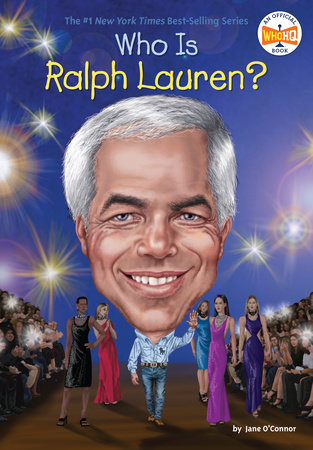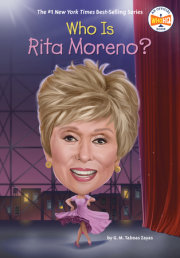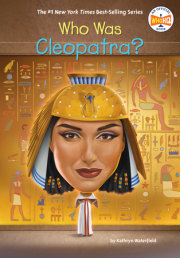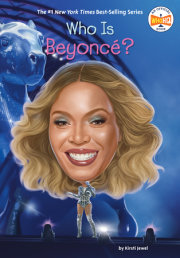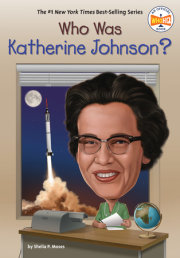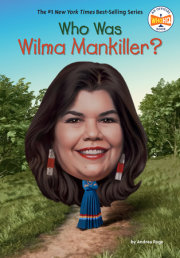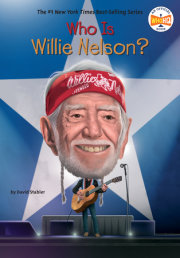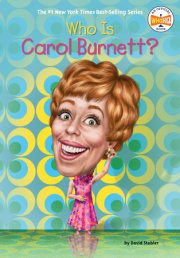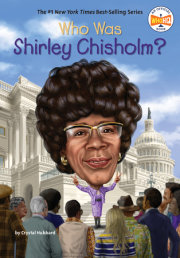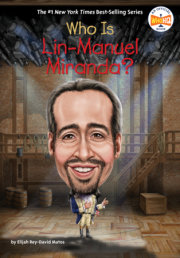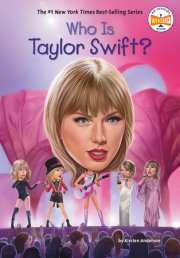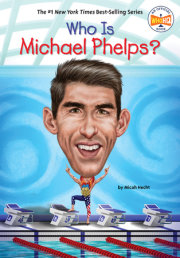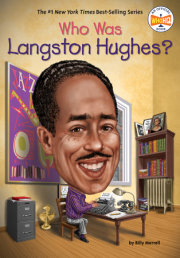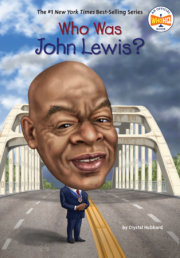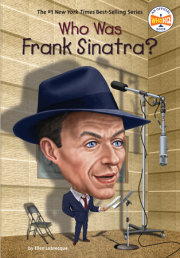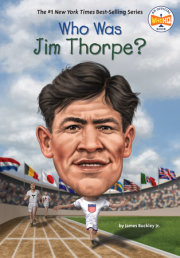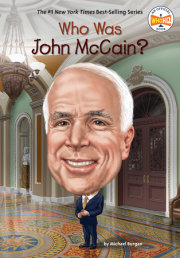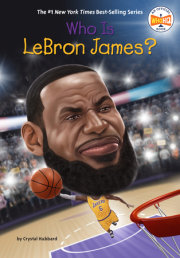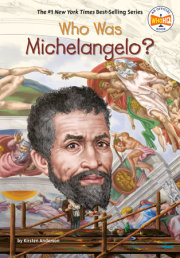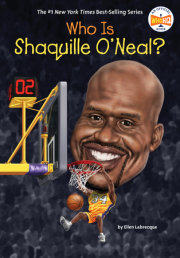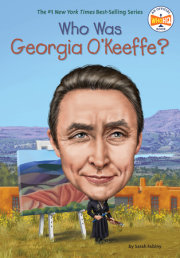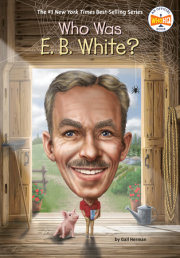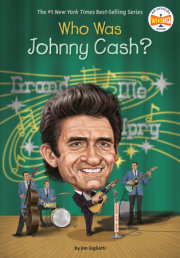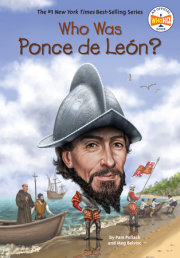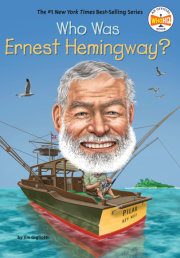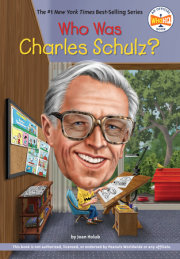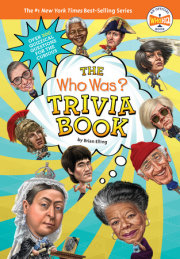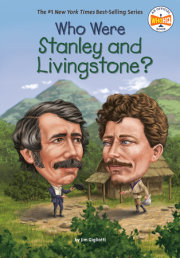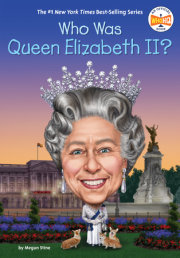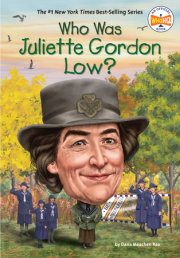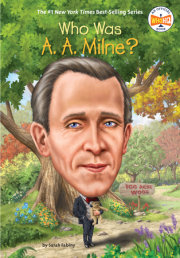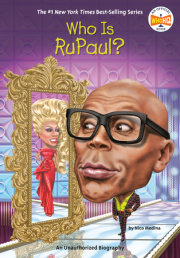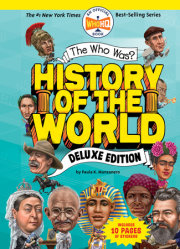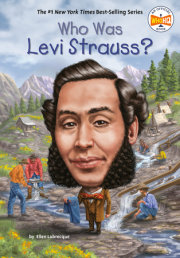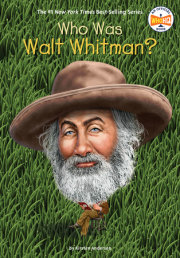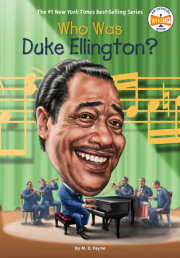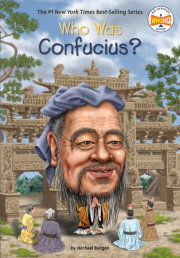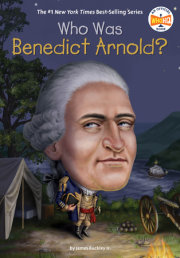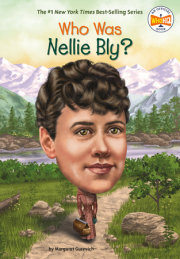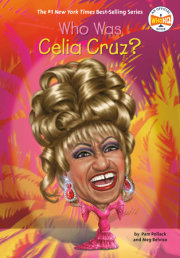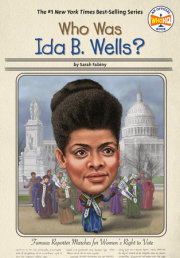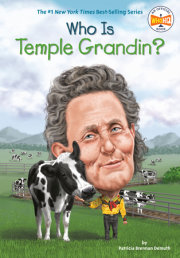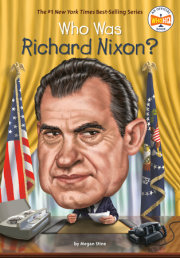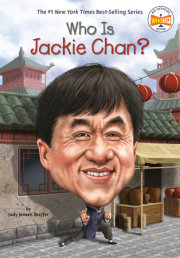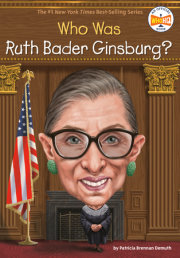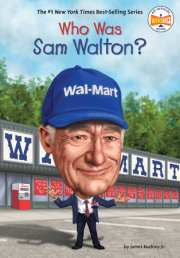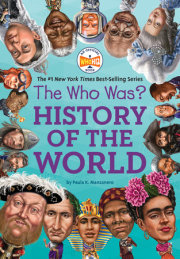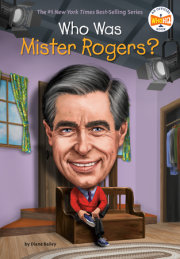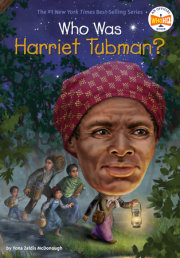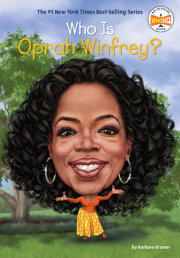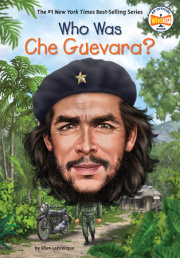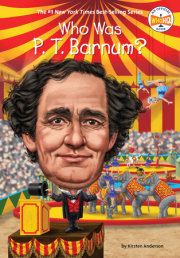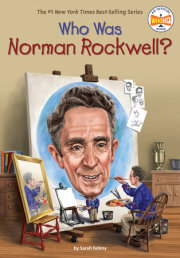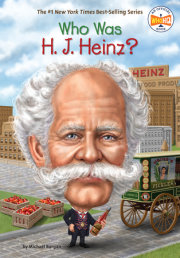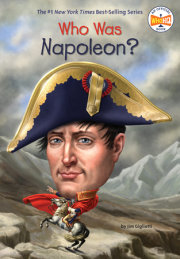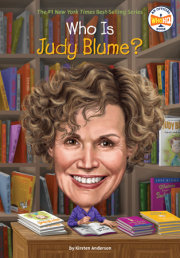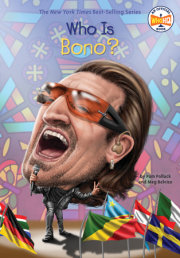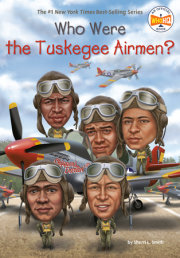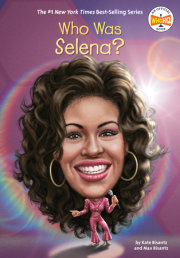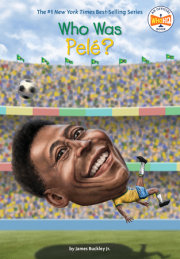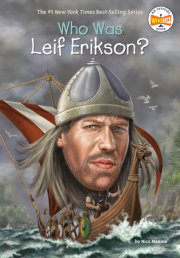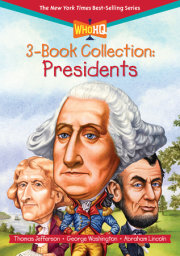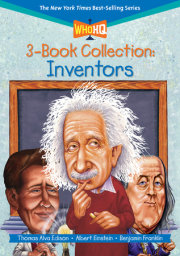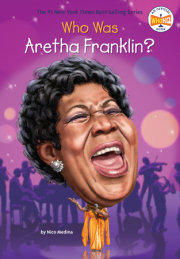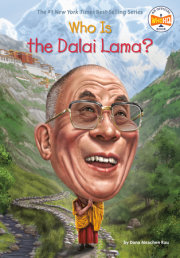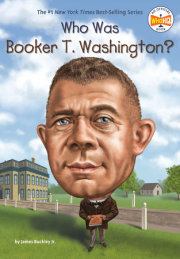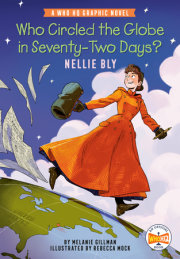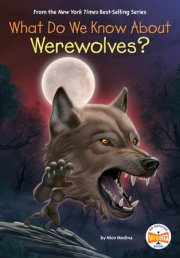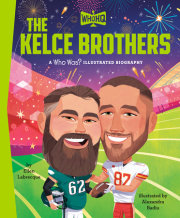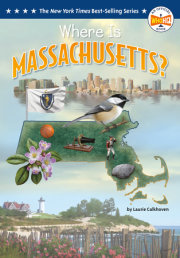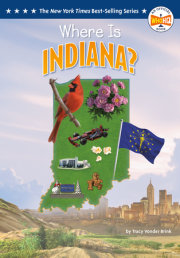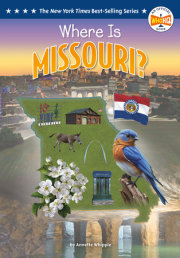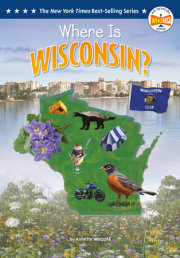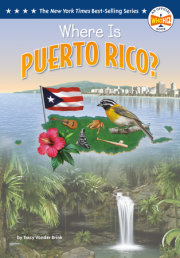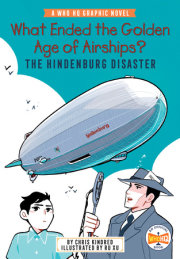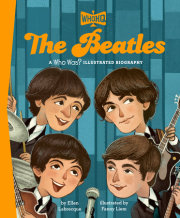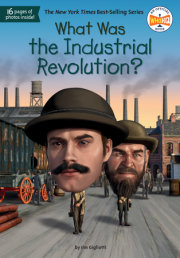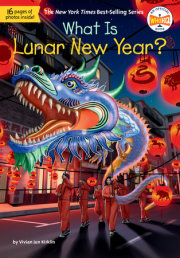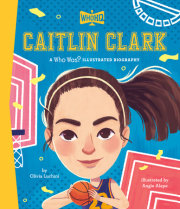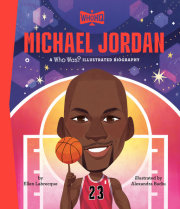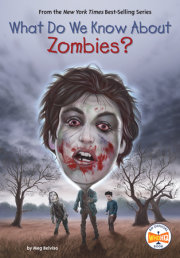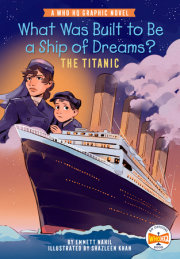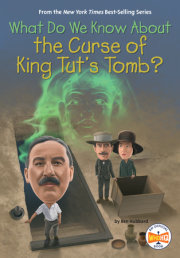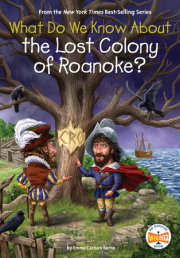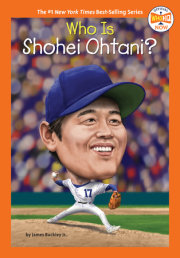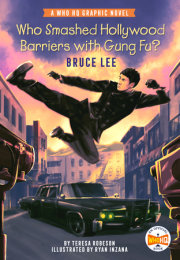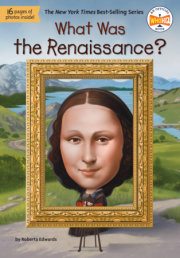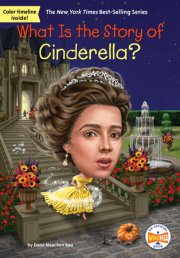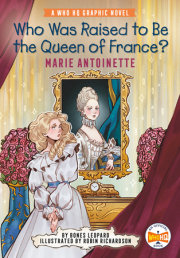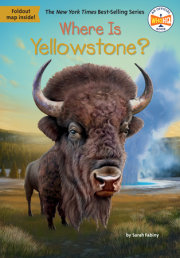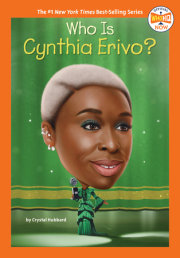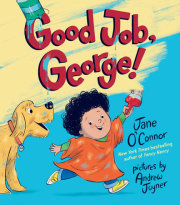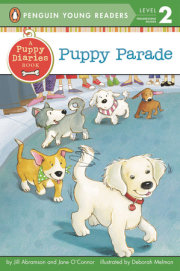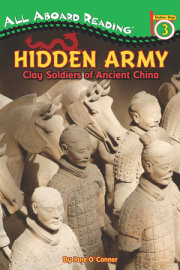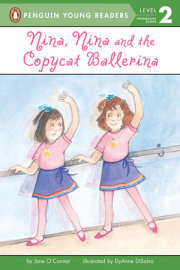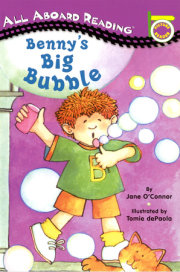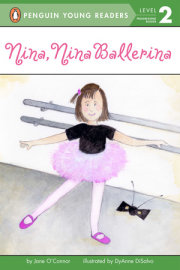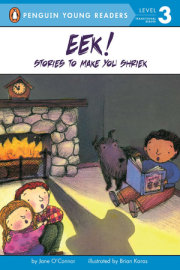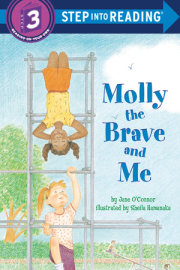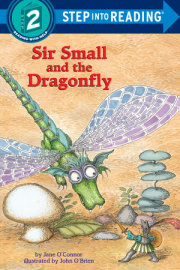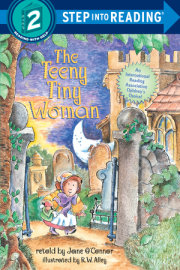Who Is Ralph Lauren? Growing up in the 1950s, Ralph loved going to the movies. For him, it was like entering another world, one that was completely different from the Bronx neighborhood in New York City where he lived.
When they were old enough, Ralph and his friends would go by themselves to the Paradise Theatre. It seemed like a palace, with seats for four thousand people, marble columns, statues everywhere, a grand staircase, and even a fountain with goldfish swimming in it.
The movies were often action-packed war stories, or Westerns with famous stars like John Wayne. For Ralph, seeing a movie wasn’t just about watching an exciting story unfold on a big screen. He could actually picture himself
in the movie. He
was John Wayne, riding off to catch the bad guys, wearing a cowboy hat, chaps, and dust-covered boots.
Although Ralph’s family wasn’t poor, his parents didn’t have a lot of money to buy their kids new clothes. The youngest of four children, Ralph often wore hand-me-downs from his older brother Jerry. Jerry was Ralph’s idol and best friend. So Ralph didn’t mind. He felt comfortable in clothes that already had been broken in for him. It made him feel cool to put on something like an old team jacket of Jerry’s.
Of course, Ralph also wanted to choose his own clothes. And by the time he was a teenager, he already had a clear sense of his own style. He didn’t dress like his friends. Most of them wore white T-shirts and jeans. They wanted to look like Elvis Presley, who was the hottest rock star of the 1950s. Not Ralph. He’d save up for a V-necked tennis sweater or a pair of tweed shorts. He looked like he belonged on the campus of Harvard or Yale rather than in the school yard.
Did other kids think this was weird?
No. In fact, just the opposite. They thought Ralph was cool.
As he grew older, Ralph began to think that a lot of other guys might want to dress the way he did. So in his late twenties, he began designing ties. They were wider and cooler than the drab ties men wore in the mid-1960s. Ralph had the ties made by hand. Then he went around with a box of ties, trying to get stores to sell them.
Have you heard of Ralph Lauren (say: LOR-en)? Even if you don’t recognize his name, certainly you know his company. The logo is a polo player on horseback, holding a raised mallet. Ralph started with ties, but fifty years later, his company designs much more than clothes for men, women, and children. There are Ralph Lauren sheets and towels, furniture, and fragrances. You can buy Ralph Lauren watches, sunglasses, handbags, underwear, suitcases, chocolate bars, and coffee. There is even a line of Ralph Lauren house paint, which offers thousands of colors, including fifty-one shades of white.
What do all these different things have in common?
They share Ralph Lauren’s unique sense of taste
and style.
Everything he designs is something he would want to own himself.
Through hard work, lots of imagination, and a strong belief in himself, Ralph Lauren has created a multibillion-dollar fashion empire. His story is a very American story. It stands as proof that someone can start out with little, follow a dream, and end up doing something amazing with their life.
Chapter 1 : A Boy from the Bronx Ralph was born on October 14, 1939, in the Bronx, one of New York City’s five boroughs. His family’s last name was Lifshitz. (Like many children of immigrants with hard-to-pronounce last names, Ralph and his brother Jerry later changed theirs—in this case from Lifshitz to Lauren.)
Ralph’s parents, Frieda and Frank, had each come to the United States from Russia. They were both Jewish. In Russia in the early 1900s, Jewish people were the frequent targets of
pogroms—violent attacks supported by the government.
As a child, Ralph watched his parents studying for the test to become citizens. That was very important. In the United States, Frieda and Frank had found a better future where they could raise a family safely and freely. First came their daughter, Thelma, born in 1929, followed by three sons: Lenny, Jerry, and the baby, Ralph.
The family lived in a brick building across from a park. Their two-bedroom apartment was tight quarters for six people—Thelma had to sleep on a pullout sofa. But it was a lively, happy home where there was almost always the smell of something good cooking.
Ralph was a playful, imaginative kid. When he pretended to be Superman, he didn’t just pin on a towel for a cape. Oh no. He’d put on glasses and wear Superman pj’s under his clothes so he could “transform” himself from wimpy Clark Kent into the Man of Steel.
All four of the Lifshitz siblings were artistic. (Ralph has always insisted that he was the least talented and never very good at drawing.) Whatever their talent, it came from their father.
A friendly, kindhearted man, Frank was a painter. Sometimes he was hired to create murals—scenes painted directly on walls or ceilings—in the lobbies of office buildings in Manhattan. Those were the jobs he found most rewarding. But to earn enough money to support his family, he often painted apartments. Even with those jobs, Frank was creative. He could paint a wall to look like it was made of marble or wood.
Sometimes Ralph would help his father, carrying supplies and painting a little himself. He learned the importance of taking pride in one’s work. The importance of always doing one’s best.
Small and pretty, Frieda stayed home caring for the children. She took great pride in her tight-knit family. Very different in nature from Frank, Frieda was a practical woman for whom religion was very important. As she had done with his brothers, Frieda sent Ralph to a local yeshiva, a school that focused on Jewish studies. If his mother had had her way, Ralph would have become a rabbi. But that didn’t interest Ralph at all. Much later in his life, in a magazine article, Ralph remembered how his mother “would light the Sabbath candles on Friday night.” He said she “gave us a sense of love in family, a sense of accomplishment, a sense of religion, and a sense of warmth.”
When he wasn’t inside a classroom or a movie theater, he was outside playing baseball and basketball. Ralph was sports-crazy! Joe DiMaggio and Mickey Mantle of the New York Yankees were his heroes. Although not as tall as his friends, Ralph was a good athlete. He had a great hook shot on the basketball court and plenty of drive. He gave every game his best.
In winter, everyone went sledding down the steep hill in the nearby park. One time, when Ralph was about twelve, he and a bunch of friends got in a snowball fight with some other boys they hardly knew. It started out as fun but then turned kind of nasty.
Soon the other boys started chanting, “We want Ralph! We want Ralph!”
Ralph could have run away. But instead he got mad. He said, “You want me? Then here I come!”
Ralph jumped on his sled and bombed down the hill, heading straight toward them. The boys all scattered. They were the ones who ran away.
Later on, as a much older man, he recalled this as a “victorious moment.” Ralph was proud that he stood up for himself.
The school yard was right across the street from Ralph’s home. The iron fence surrounding it was called the Rail. After classes were over and on weekends, everybody would hang out at the Rail, Ralph included. Although soft-spoken, Ralph always had a lot of friends. What made him stand out from the crowd at the Rail were his clothes.
By the time Ralph entered DeWitt Clinton High School, he had definite ideas about the way to dress. He wore button-down shirts, khaki pants, and wool crewneck sweaters. Today it would be called a preppy look. Back then it was known as traditional. Ralph wore the clothes well, carrying himself with confidence. Girls thought he looked great. And of course, it didn’t hurt that Ralph had a great smile and blue eyes.
Ralph’s traditional clothes weren’t hand-me-downs from Jerry. And they were also more expensive than any clothes Ralph’s mother would have bought for the boys. To pay for them, Ralph started working part-time. In high school, he became a stock boy at a department store. (A stock boy keeps track of clothes that are returned so they can be put back on racks and resold.)
Ralph also took a summer job at Camp Roosevelt in upstate New York. This was the first time Ralph was away from his close-knit community of family and friends. The campers and many of the counselors came from families that were much more well-off than Ralph’s.
At first he felt out of place, but that soon changed. He loved the three summers he spent at Roosevelt. He became head counselor and was chosen as the “general” of one of the two teams during color war, an all-important week of games and sports contests. Being a general was the greatest honor at Roosevelt. It meant Ralph was a leader.
Even sixty years later, Ralph considers his camp days important. His sense of self-worth grew. He began to see something special in himself.
Copyright © 2017 by Penguin Random House LLC. All rights reserved. No part of this excerpt may be reproduced or reprinted without permission in writing from the publisher.





